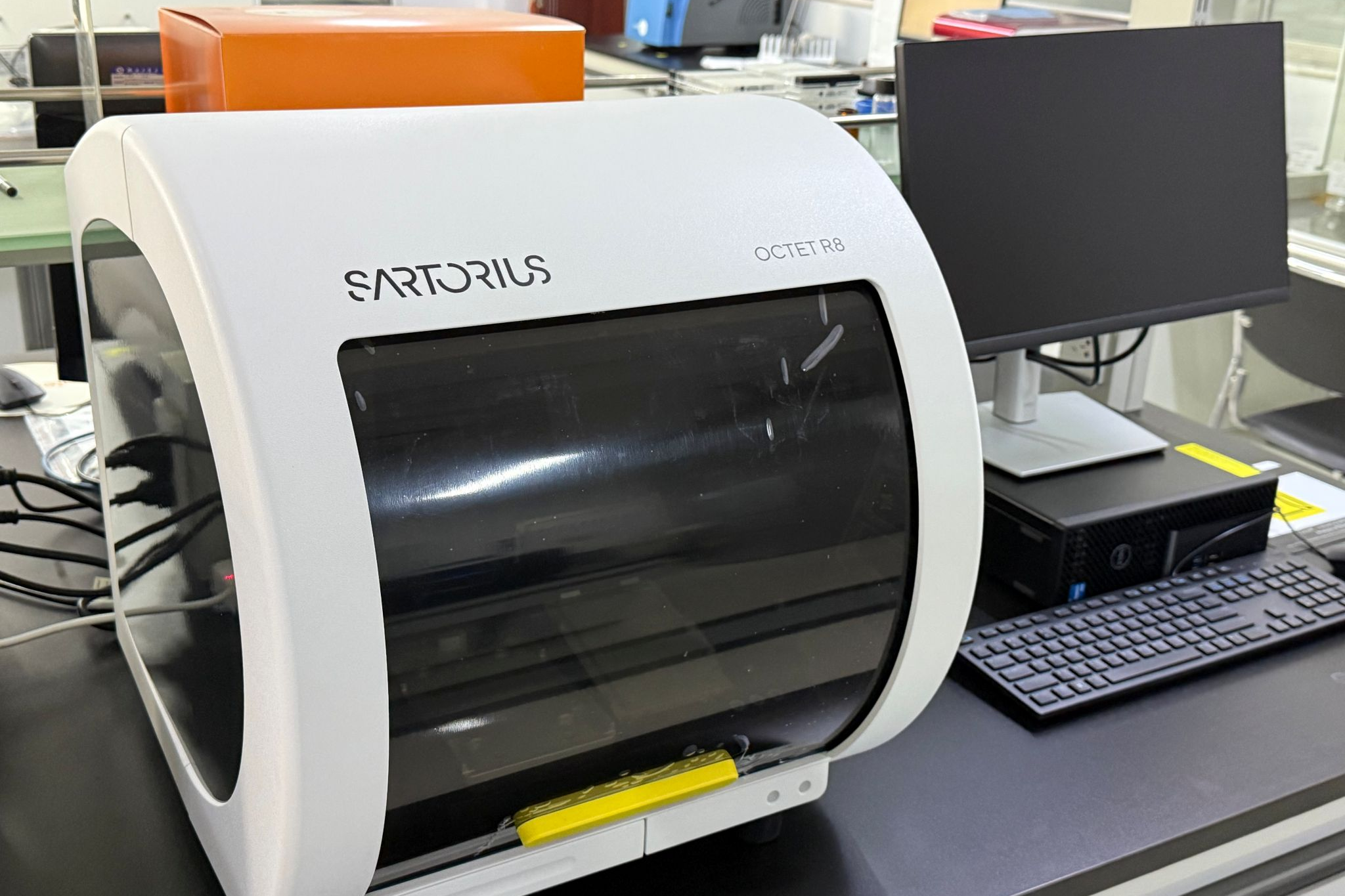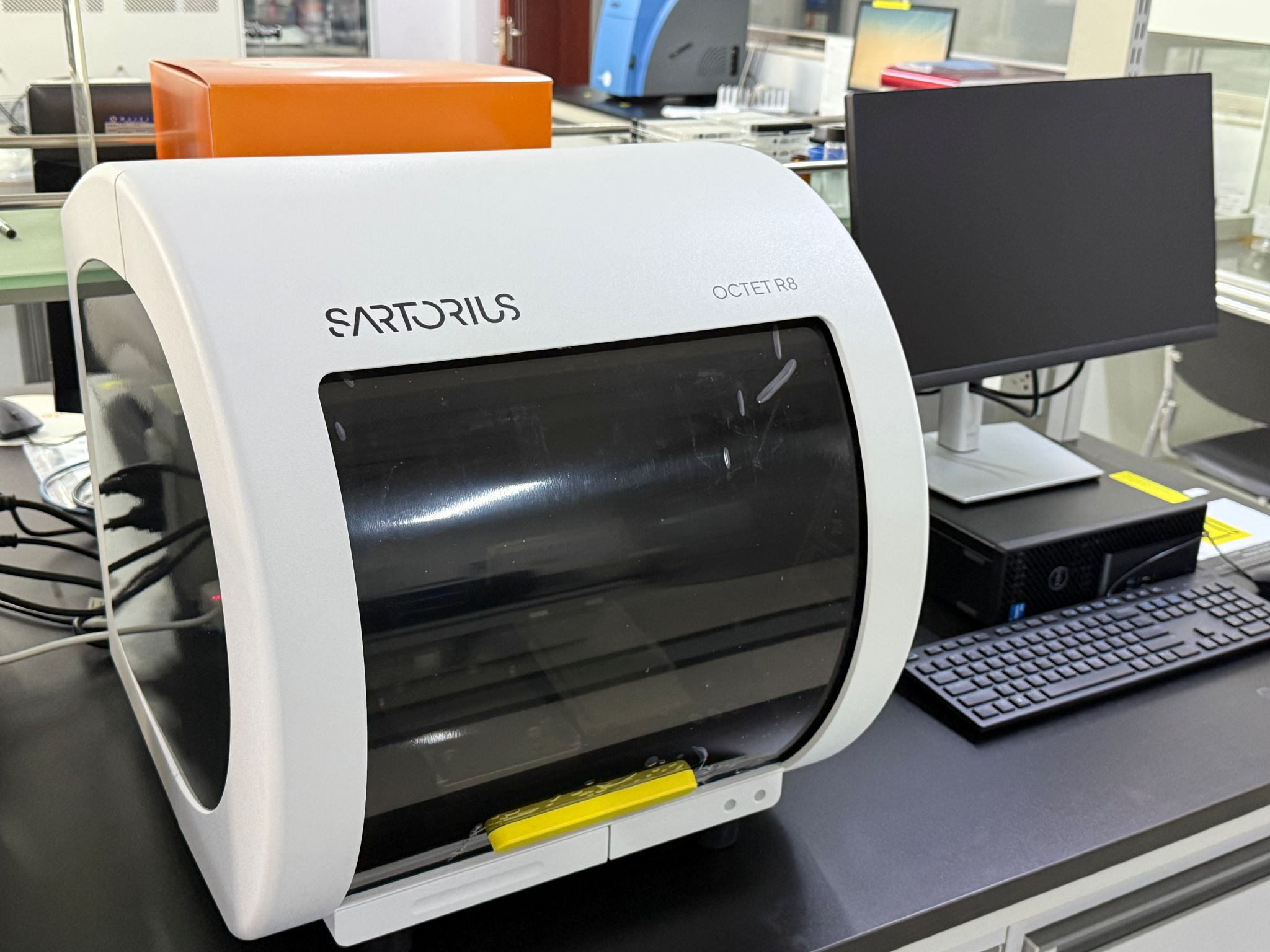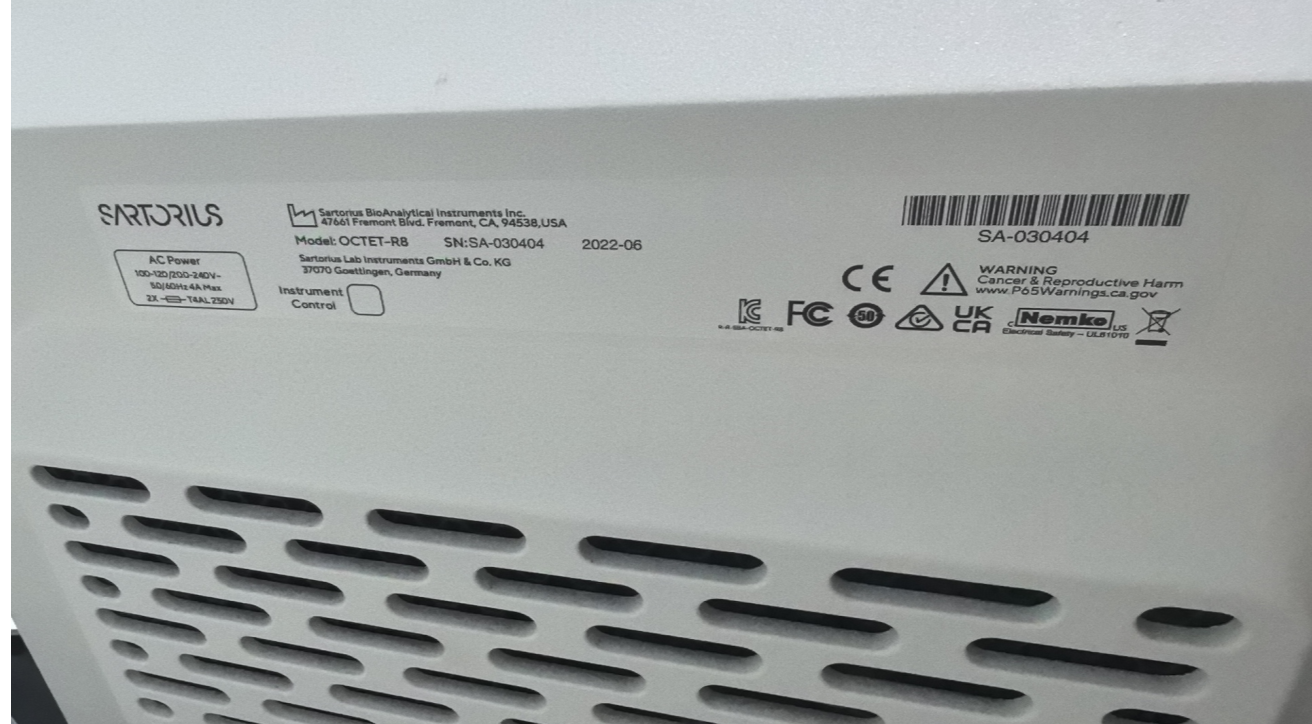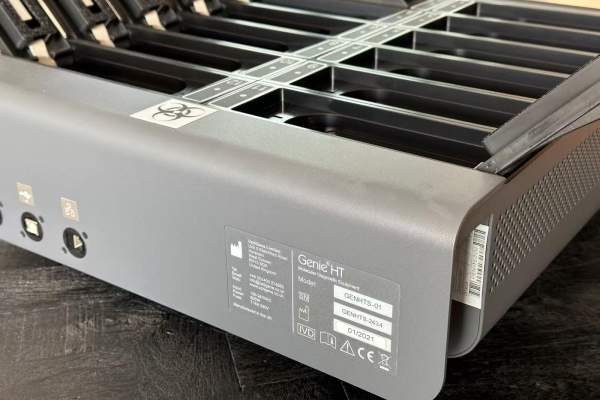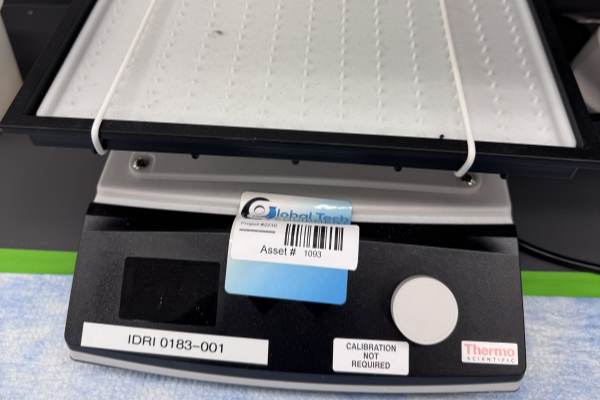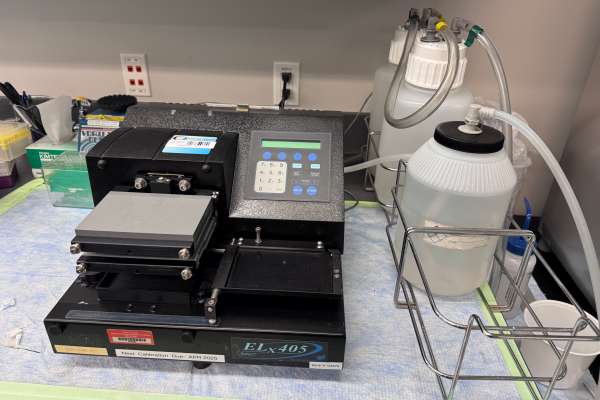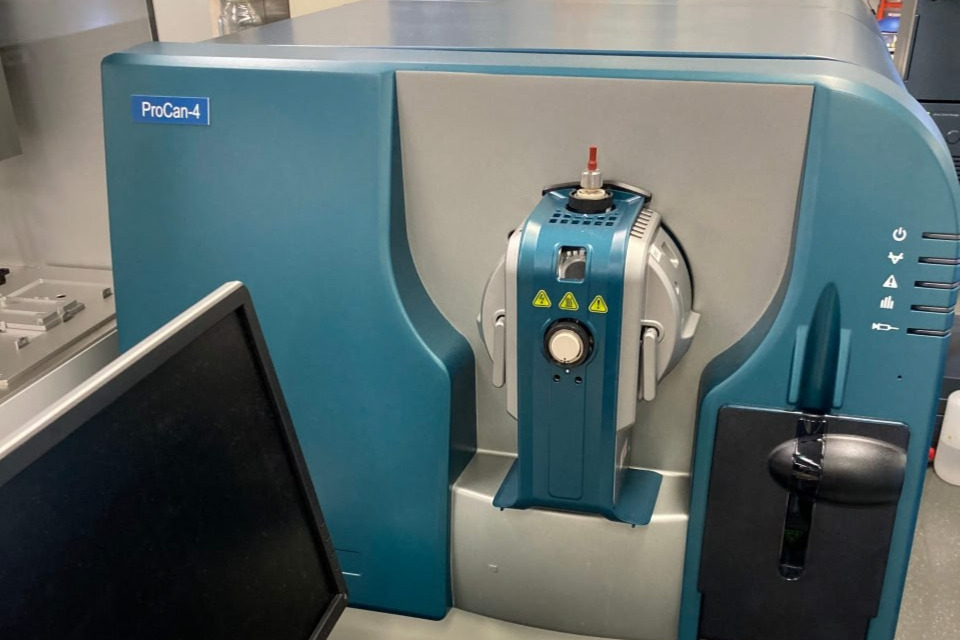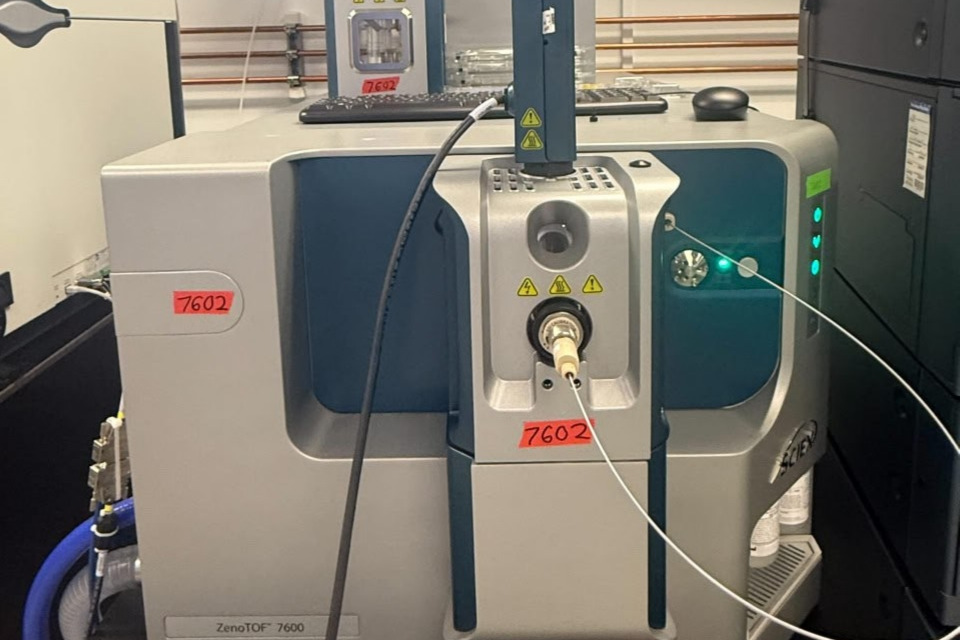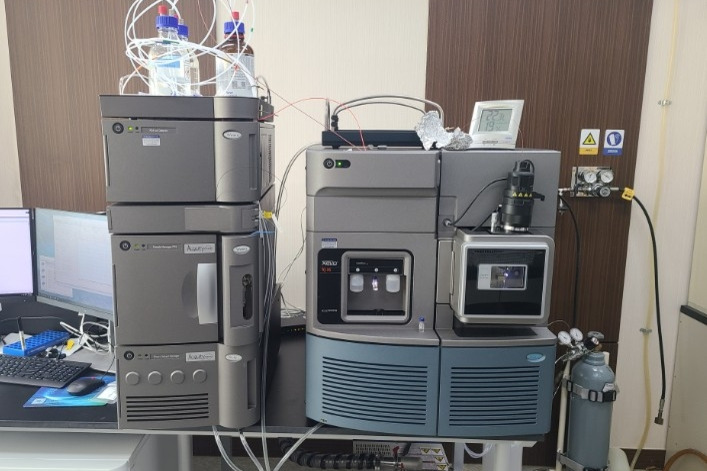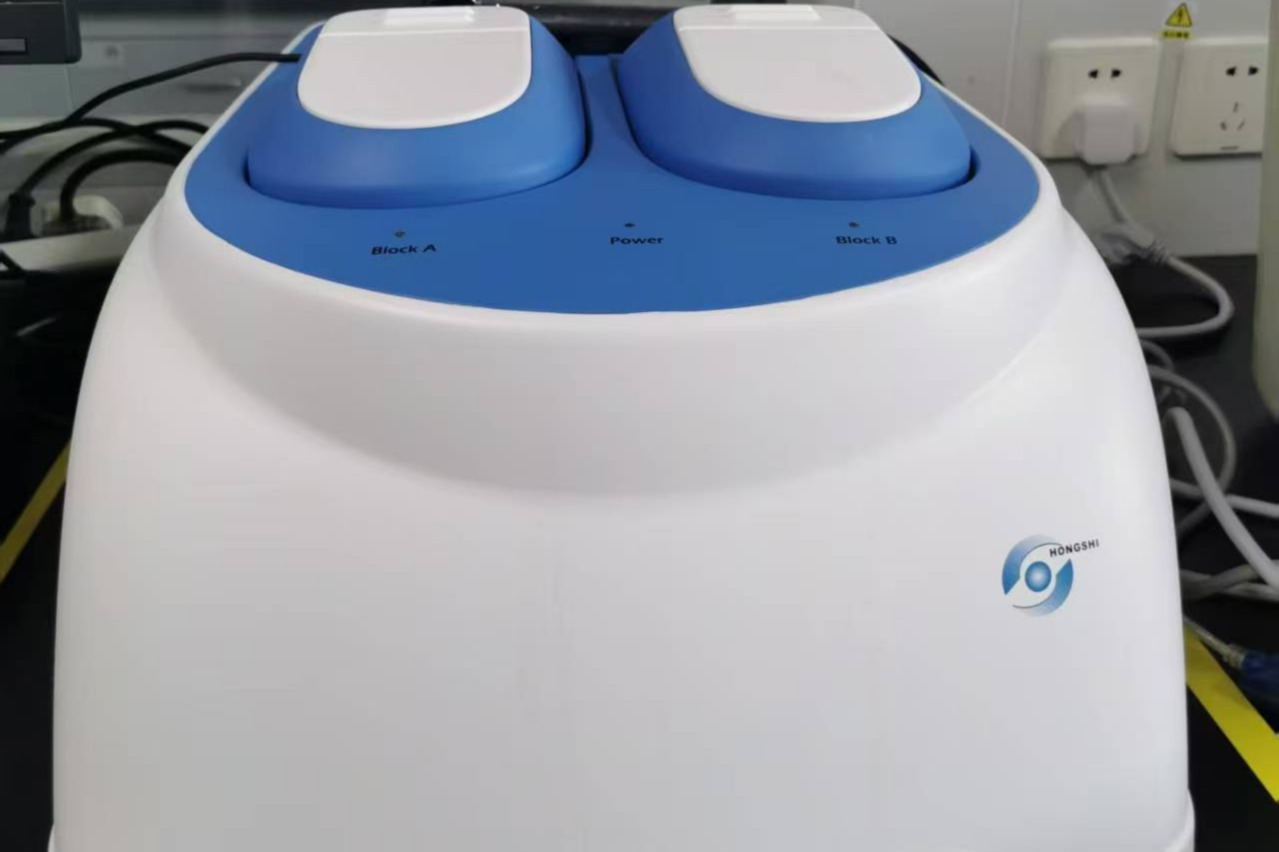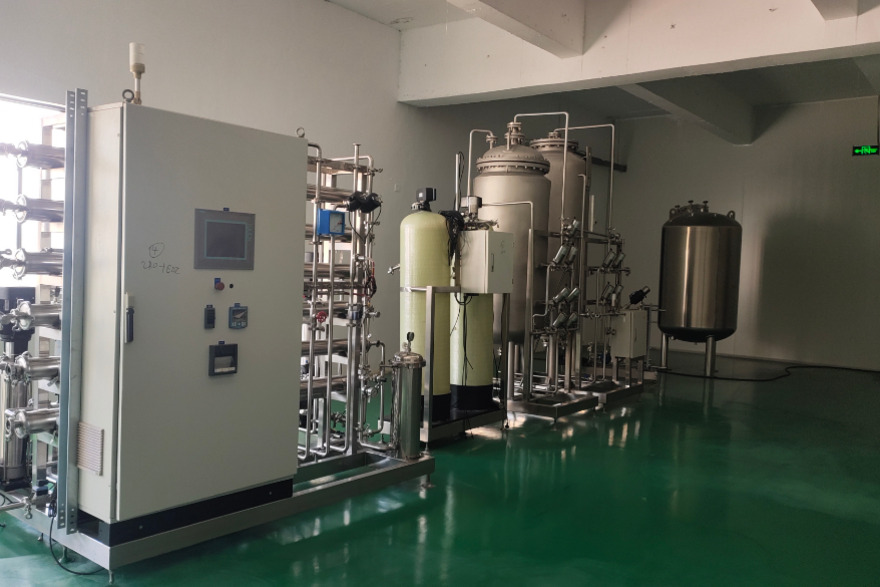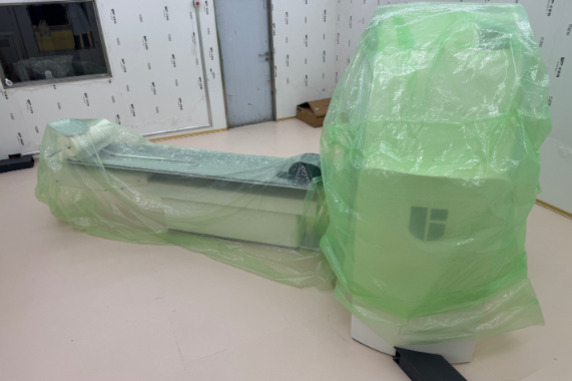Device built-in
Comprehensive Analysis of Sartorius Octet® R8 High-Throughput Biomolecular Activity Analyzer
The Sartorius Octet® R8 is a high-throughput biomolecular interaction analysis system based on Bio-Layer Interferometry (BLI) technology, representing the cutting-edge level in the field of molecular interaction analysis. With its unparalleled throughput, sensitivity, and ease of operation, this system plays a crucial role in drug discovery, vaccine research, antibody engineering, and bioprocess development. Below is a comprehensive introduction to this innovative instrument, covering its technical principles, core features, application scenarios, and system advantages.
Technical Principle and Detection Mechanism
The Octet® R8 employs label-free Bio-Layer Interferometry (BLI), an innovative optical detection method that quantifies molecular binding events by monitoring real-time changes in interference patterns at the biosensor tip. When biomolecules bind to the sensor surface, they alter the optical path length, and the system precisely measures this shift in interference light to determine kinetic parameters of the binding process. Unlike traditional Surface Plasmon Resonance (SPR) technology, BLI does not require microfluidics and adopts a "Dip and Read" detection mode, significantly simplifying the workflow.
The system features eight fully independent detection channels, enabling simultaneous parallel analysis of different samples or different concentrations of the same sample. Each channel is equipped with a high-sensitivity detector capable of measuring molecules as small as 150 Da. The required sample volume is only 180–220 µL, and samples can be fully recovered after detection, making it a non-destructive analysis method—particularly valuable for precious samples.
Core Performance Features
The Octet® R8 offers several outstanding advantages in performance:
High-throughput analysis capability: It can complete quantitative and kinetic analysis of up to 96 samples in 0.5 to 2.5 hours. With an anti-evaporation plate cover, it supports unattended operation for up to 12 hours. Compared to similar instruments, the Octet® R8 significantly improves detection efficiency while maintaining high-quality data. For example, in antibody affinity testing, it can complete eight kinetic analyses in 2.5 hours, whereas traditional single-channel instruments can only complete one.
Broad sample compatibility: The system can directly analyze crude samples, including cell culture supernatants, lysates, serum, and buffers containing DMSO, without requiring prior purification. This feature makes it particularly suitable for bioprocess monitoring and early-stage drug screening. The detection range is extensive, covering molecules from 150 Da small molecules to viral particles (up to hundreds of nanometers in size), with a quantitative concentration range spanning 0.05 µg/mL to 20,000 µg/mL.
Accurate kinetic parameter determination: The system can measure binding rate constants (ka, range 10¹–10⁷ M⁻¹s⁻¹), dissociation rate constants (kd, range 10⁻⁶–10⁻¹ s⁻¹), and affinity constants (KD, range 1 mM–10 pM) in real time, with a maximum data acquisition frequency of 10 Hz. The temperature control system (15–40°C) accommodates temperature-sensitive protein studies and can also be used for thermodynamic parameter calculations.
Intelligent data management: Integrated with Octet® BLI Discovery data acquisition software and Analysis Studio analysis software, the system provides an end-to-end solution from experimental design to reporting. The software supports multiple binding model fittings, generates GMP-compliant electronic records, and includes 21 CFR Part 11 compliance features to meet regulatory requirements.
Application Fields and Scenarios
The Octet® R8 has broad applications across multiple stages of biopharmaceutical research and production:
Antibody drug development: Used for antibody screening, affinity maturation, Fc receptor binding characterization, epitope binning, and biosimilar comparability studies. The system can rapidly assess epitope diversity and coverage, improving R&D success rates.
Vaccine research: Particularly suitable for virus-host interaction studies, neutralizing antibody detection, and vaccine potency evaluation. In COVID-19 vaccine and therapeutic development, the Octet® R8 can directly analyze interactions between viral particles and antibodies, providing critical data for vaccine design.
Small-molecule drug discovery: Although small-molecule detection has traditionally been challenging for BLI, the Octet® R8, through optimized sensors and algorithms, can reliably measure interactions between proteins and small molecules (~300 Da), offering valuable insights for lead compound optimization.
Bioprocess monitoring: Enables real-time monitoring of critical quality attributes such as product titer and host cell protein levels during fermentation, significantly accelerating upstream process optimization. In downstream purification process development, it can assess affinity column dynamic binding capacity and optimize elution conditions.
Diagnostics and quality control: Serves as an efficient alternative to ELISA for testing final product activity, stability, and impurity content, ensuring compliance with release standards. The GMP upgrade option makes it fully suitable for quality control laboratories.
System Advantages and Innovative Value
Compared to traditional molecular interaction analysis platforms, the Octet® R8 offers several differentiating advantages. Its flow-free design significantly reduces maintenance costs and system complexity, while the eight parallel channels strike an optimal balance between throughput and cost. Users can master basic operations within two hours, and method development takes only a few hours—far less than traditional SPR systems. Biosensors can be regenerated and reused multiple times, effectively lowering per-test costs.
The latest Octet® R8e model further enhances performance, with improved sensitivity extending the lower detection limit, compatibility with 384-well plates, reduced sample volume (40 µL), and advanced anti-evaporation technology supporting continuous detection for up to 16 hours—setting a new benchmark in molecular interaction analysis.
In summary, the Sartorius Octet® R8 system, through its unique combination of high throughput, ease of use, and broad applicability, provides an efficient and reliable solution for modern biopharmaceutical research. Whether for basic research or industrial-scale production, it meets diverse needs at different scales, significantly accelerating the development of biologic drugs.

